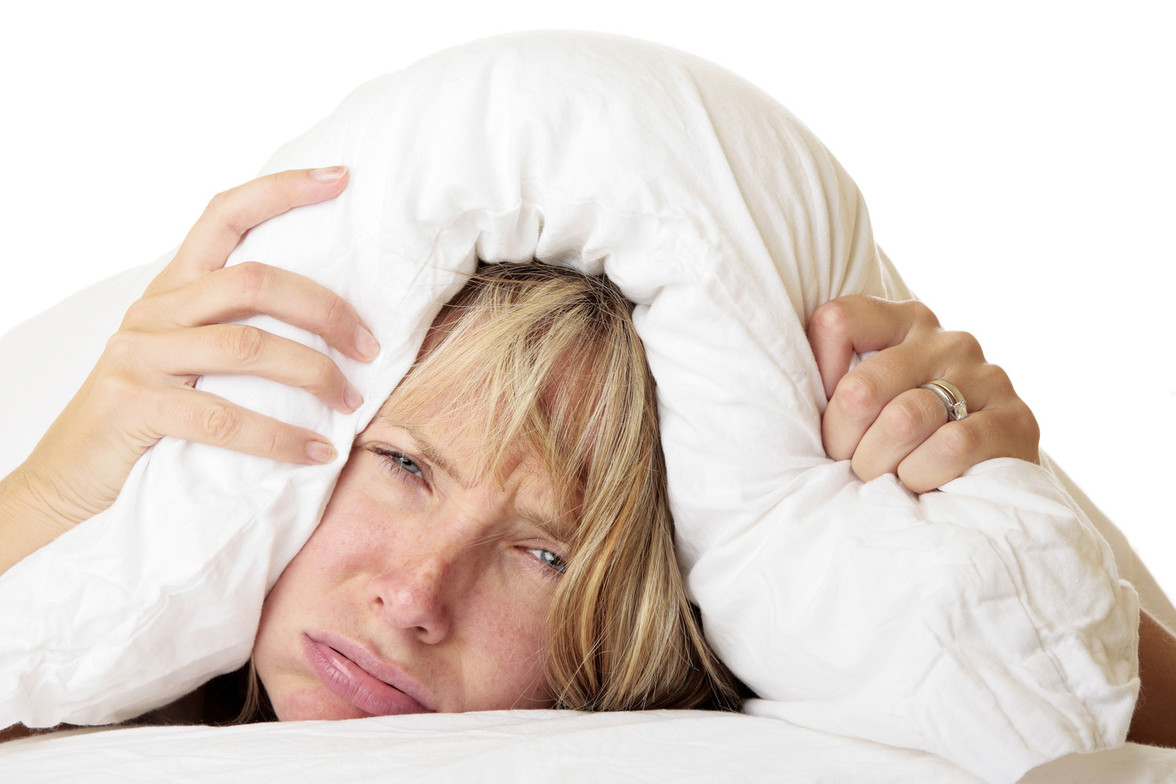
The position you sleep in can have a big impact on how you feel when you get out of bed in the morning. Many people inquire about the best sleep position due to the stiffness or pain they feel when they wake up. The underlying cause of your pain you feel in the morning has much more to do with the stresses that are put on our body during the day combined with the lack of movement during the night. However, certain sleep positions can place unnecessary strain on the neck, shoulders, hips, and back, which can worsen how you feel in the morning, so it is extremely important to discuss.
The goal of good sleep position is to maintain a neutral spine. To do this, make sure that the head, shoulders, and hips are aligned and that the back is properly supported. Two positions that can maintain this are on your back or on your side. An orthopedic pillow is recommended to maintain proper neck alignment (big hump is for side sleeping, smaller hump for back sleeping).
Stomach sleeping is rarely recommended. In some cases, patients with lumbar spine disc injuries may benefit from this position. Otherwise, sleeping on your stomach takes your spine out of neutral and demands excessive rotation at the neck.
There are a few other things to consider when it comes to sleeping on your back and side. Side sleepers will benefit from a bolster or towel between the knees. This keeps our hips in better alignment. Also, a body pillow can used along your chest to prevent you from rolling onto to your stomach and can support the top shoulder and arm. Back sleepers can bolster under their knees if they desire. This may allow someone to get used to initially sleeping on their back.




